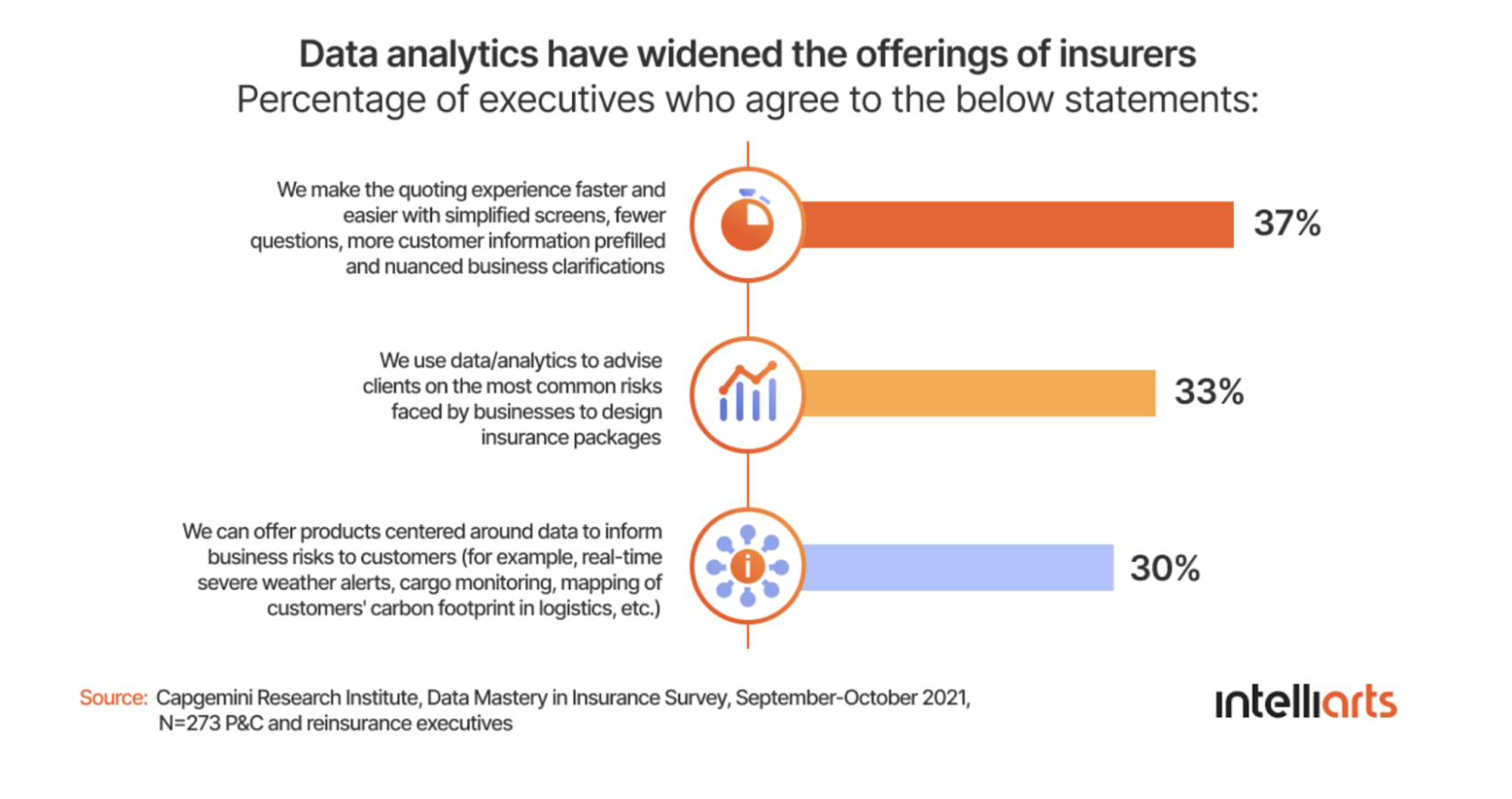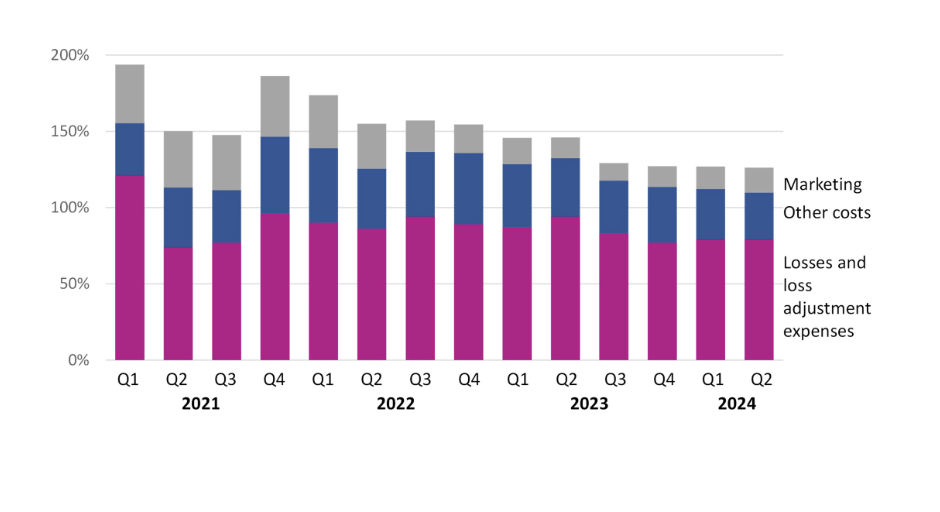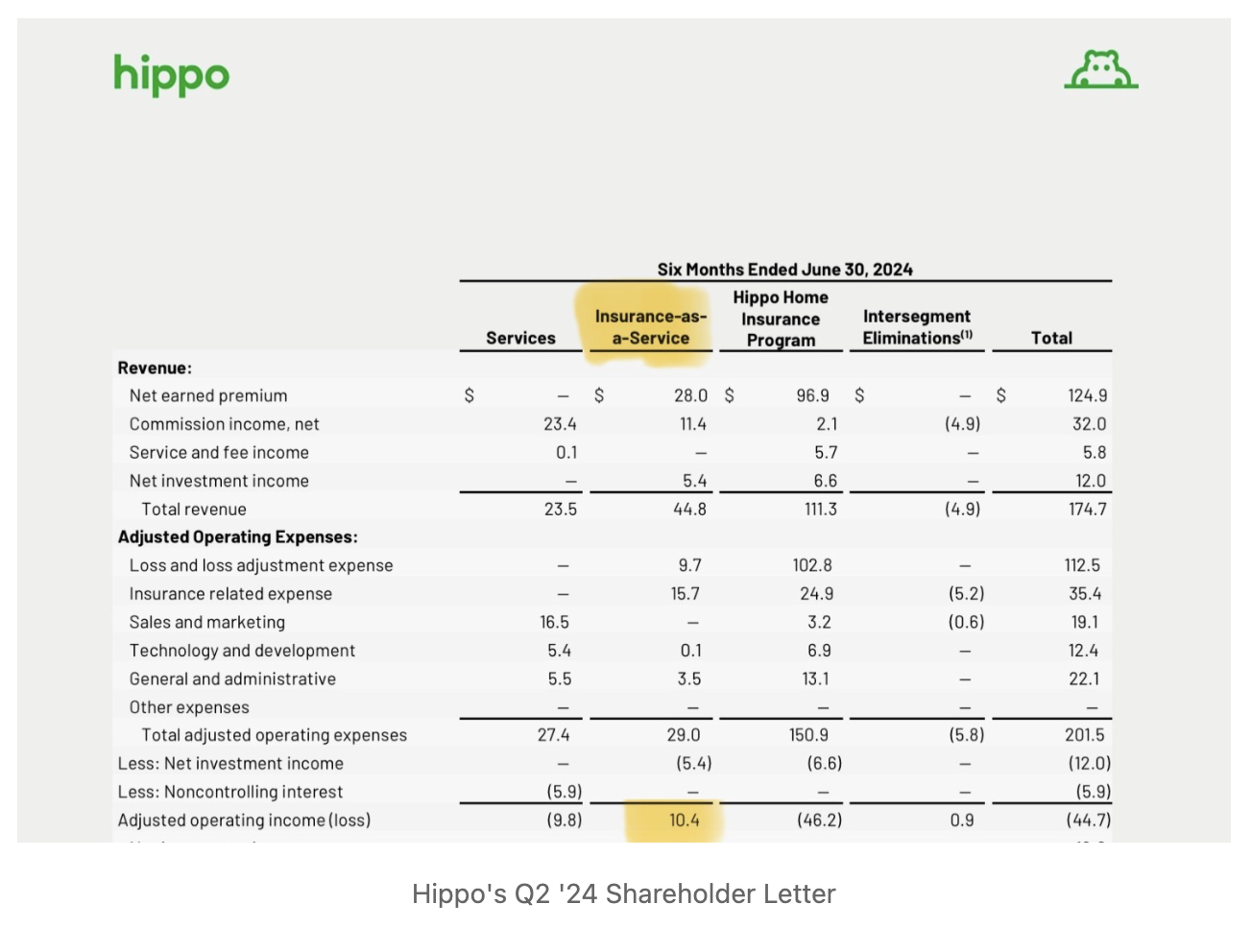Artificial intelligence (AI) has enhanced efficiency, accuracy, and customer satisfaction in claims management while reducing manpower and errors. In fact, AI-driven claim validation has improved accuracy to 99.99% and boosted operational efficiency by 60%.
By 2030, automation could replace over half of current claims activities — an indication that AI is not just a trend but will have a lasting impact in insurance.
However, successful implementation requires forward-thinking insurance leaders to take a balanced approach that recognizes both AI's potential and its limitations.
See also: How to Optimize Insurance Claims Management
How AI is improving claims management
AI improves operational effectiveness, reduces costs, and improves accuracy and has an especially big impact on workers' compensation. Here’s how AI is reshaping claims in key areas:
- Workers’ compensation (WC) claims — AI improves WC claims management by providing predictive insights and reducing costs. A study shows AI integration can reduce legal involvement in lost-time claims by 15%, saving 5% in claim costs, or $3.5 million annually for insurers handling $70 million in claims. For instance, AI can predict the life of a claim, estimate settlement amounts, suggest light-duty jobs, and allocate funds accordingly, reducing the need for consultants and minimizing human errors.
- Fraud detection — AI can flag suspicious activities, such as claims reported on Monday mornings or at the end of the construction season, and alert human claims professionals to take a closer look. The AI enhances efficiency and reduces the resources needed for investigations.
- Catastrophe (CAT) modeling — AI can predict and respond to natural disasters. Adjusters use AI for heat mapping to identify areas likely to be hit by storms, allowing insurers to prepare and advise clients on precautions to take. For example, AI predicted Hurricane Ida’s path, enabling insurers to effectively allocate resources and promptly support affected clients.
- Budgeting — By analyzing past claims to predict future costs, AI can help companies plan for future claims and reduce financial surprises.
AI limitations in claims management
While AI has revolutionized claims management, it is not without its limitations and is not a foolproof method.
For one, AI’s effectiveness is highly dependent on the quality of data input, including claim amounts and quantities. An estimated 83% to 92% of all AI projects fail due to poor data quality. Ensuring the data is accurate and current remains a significant challenge.
AI also may struggle to make the right decisions in intricate situations. For example, claims involving complicated medical procedures, such as back surgeries, still require human oversight. AI might assist in processing but cannot fully replace human judgment. Insurance companies often have AI approvers — humans who review AI-generated decisions for accuracy and legality, particularly for complex claims. This human review is crucial.
Importantly, AI lacks the human empathy necessary for evaluating claims involving pain and suffering. While AI can calculate settlements based on medical expenses and wages, it cannot account for the emotional and psychological impacts of an accident. For instance, when determining compensation for someone who needs a knee replacement, AI won’t consider their co-morbidities, past athletic activities, or current job status. These nuanced considerations require a human touch.
See also: Making the Claims Process More Efficient
A balanced approach
AI has become crucial in claims management, enhancing efficiency and accuracy. However, it will never fully replace human involvement. The future lies in combining AI’s strengths with human expertise to handle complex claims and provide empathetic service.
Successful insurance companies will leverage AI for operational efficiency while addressing its limitations with human oversight. Partnering with agile, AI-savvy risk management experts will be key to adapting to the evolving landscape.
AI will continue to shape claims management, but a balanced approach will ensure the highest standards and benefits for both insurers and clients.
































